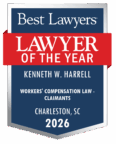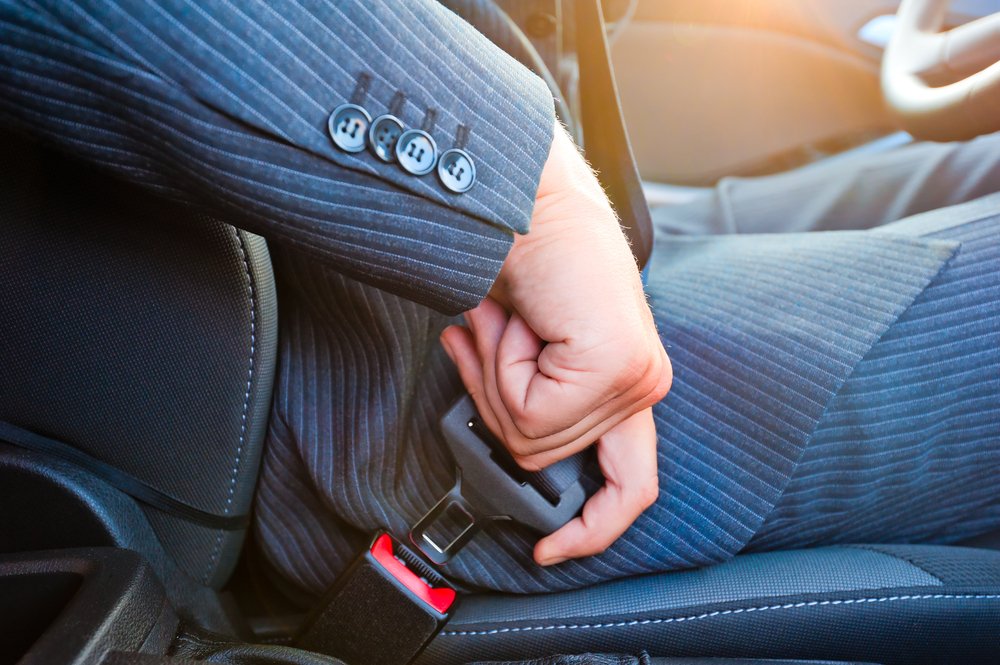
Seat belts work. In fact, they are the most critical lifesaving feature on any car.
You should always wear a lap belt and shoulder restraint in a motor vehicle, no matter where you sit in the vehicle. South Carolina’s safety belt law requires that every driver and every occupant of a motor vehicle wears a fastened safety belt on public streets and highways.
Lap belts and shoulder restraints are the single most effective safety device for preventing death and injury in a car accident, the National Highway Traffic Safety Administration (NHTSA) says. In 2012 alone, seat belts saved 12,174 lives. From 2009 to 2014, the use of seat belts in passenger vehicles saved nearly 63,000 lives, according to NHTSA.
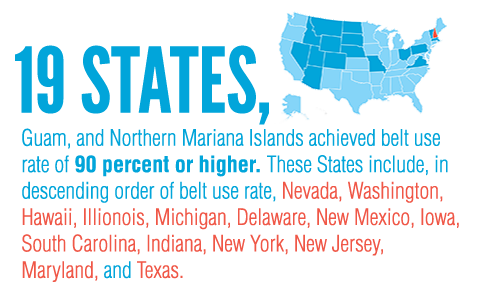
NHTSA numbers tell the tale about seat belt safety:
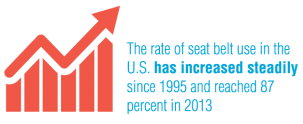
- The rate of seat belt use in the U.S. has increased steadily since 1995 and reached 87 percent in 2013.
- In South Carolina, the seat belt use rate was 91.7 percent in 2013.
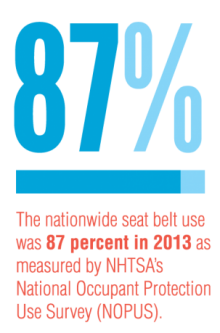
- Of 21,667 motor vehicle occupants who died in crashes in 2012, more than half were not wearing seat belts at the time of the accident.
- Half of those who were not wearing a seat belt when they died in a car accident in 2012 were sitting in the front seat. Among back-seat occupants who died in car crashes, 61 percent were not wearing seat belts.
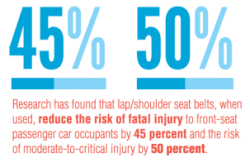
- Research has found that lap belts and shoulder restraints, when used, reduce the risk of fatal injury to front-seat passenger car occupants by 45 percent and the risk of moderate-to-critical injury by 50 percent.
Primary Seat Belt Laws Promote Higher Use Rate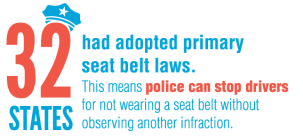
As of 2014, 32 states, including South Carolina and the District of Columbia, had adopted primary seat belt laws. This means police can stop drivers for not wearing a seat belt without observing another infraction.
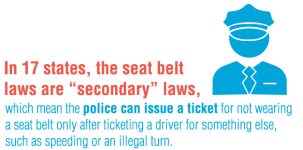
In 17 states, the seat belt laws are “secondary” laws. This means the police can issue a ticket for not wearing a seat belt only after ticketing a driver for something else, such as speeding or an illegal turn. New Hampshire is the only U.S. state that effectively has no seat belt law, NHTSA says.
The rate of seat belt use among the states, which ranged from 66.5 percent to 96.9 percent in 2012, is higher in states with primary seat belt laws, according to NHTSA.
Make Seat Belt Safety Your Responsibility
The S.C. Department of Public Safety’s “Buckle Up South Carolina” program says drivers should remember to wear seat belts every time they get into a car, whether it’s a trip around the corner, or across the town, state, or country.
Three in four fatal crashes occur within 25 miles of the crash victim’s home. Most crashes causing death or injury occur at speeds slower than 40 mph.
Drivers should remind passengers to buckle up and make sure children are properly secured in seat belts or child safety seats as required by law.
Wear a seat belt low over your pelvis with the bottom edge touching the tops of your thighs. The shoulder belt should be worn over the shoulder and across the chest, not under the arm and across the abdomen. Make certain that the shoulder belt is tight enough that it does not slide off the shoulder.
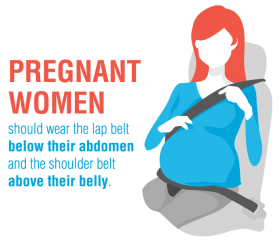
Pregnant women should wear the lap belt below their abdomen and the shoulder belt above their belly.
Even if your car has airbags (as most cars on the road today do), always wear your safety belt. Airbags are supplemental restraint systems designed to work with safety belts, not in place of them.
NHTSA says parents should talk to their tweens (kids age 8 to 14) as well as young drivers about seat belt safety. Tweens and teenagers tend to buckle up when they ride with adults. But they neglect this simple safety measure when they ride with other teens.
Employers should establish seat belt rules for employees who drive as a part of their job, NHTSA says.
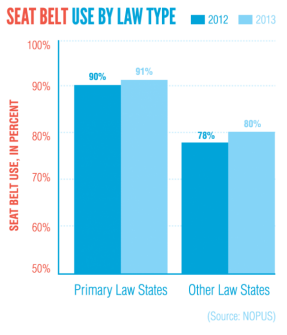
Sources:


